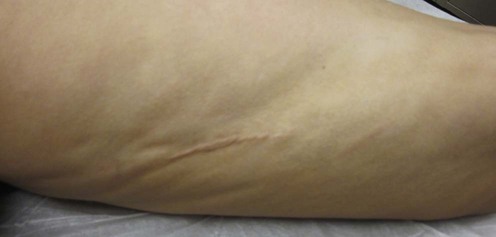Eosinophilic fasciitis
Shaheen H. Ensanyat, Amir A. Larian, Brian S. Fuchs and Marsha L. Gordon

Specific investigations
First-line therapies
Second-line therapies
Third-line therapies
Shaheen H. Ensanyat, Amir A. Larian, Brian S. Fuchs and Marsha L. Gordon

